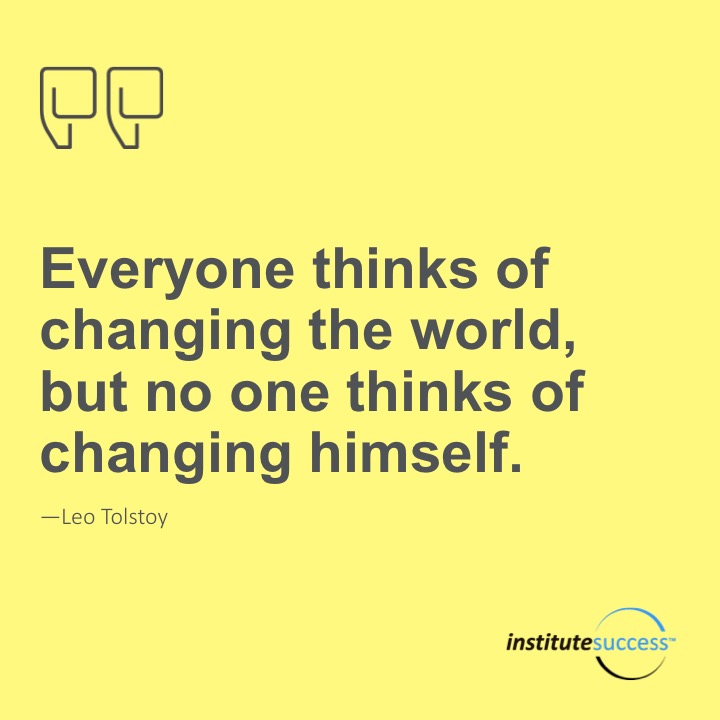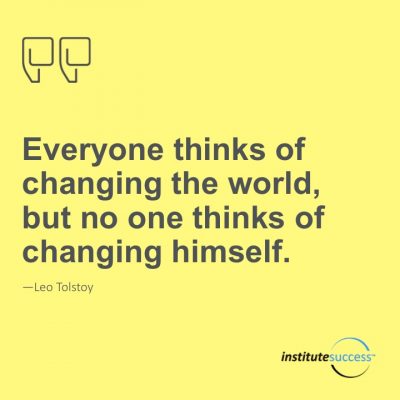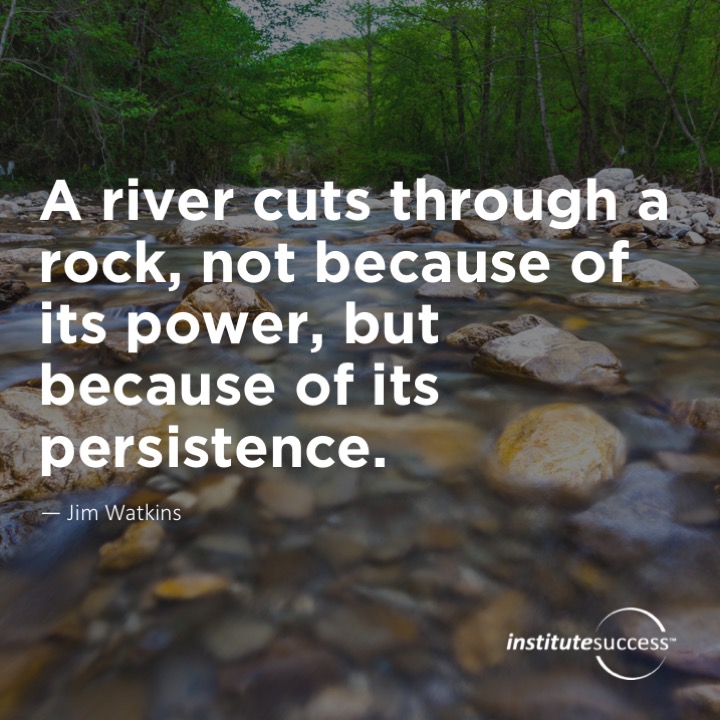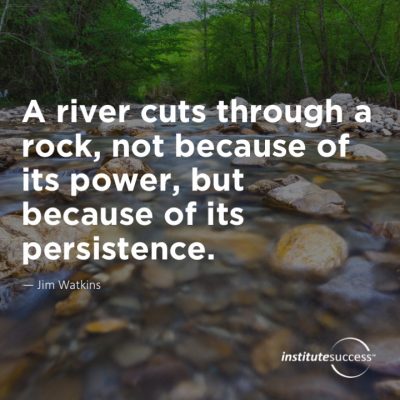Great Business Teams
Great Business Teams: Cracking the Code for Standout Performance, Howard M. Guttman – Continuing on with our June theme of remarkable teams, Howard M. Guttman delivers a straightforward and story-packed view into his six lessons that every great business team needs to learn. When Guttman describes “great,” he means both memorable and high-performance. So what is the DNA of these teams? He believes there are six specific lessons in pulling apart the strand:
Lesson 1: Top down energy
For Guttman, great teams always start with the energy of the person or people at the top. If they are hungry and restless for greater achievement, there is far more chance that they are willing to take calculated risks to propel the team forward. They aren’t just great tacticians; they are visionaries and are able to cast a picture forward of what the future will bring for the team or organization.
These leaders tend to prefer “flat” org charts these days; they veer away from the traditionally stratified approach that has been the convention of corporate America for over a hundred years. They know they can’t achieve ambitious goals alone, so they take the team along with them.
Lesson 2: Leaving nothing to chance
Truly successful teams are borderline obsessive in their preparation and choreographing of potential situations they may run into. They understand that having clear decision-making processes in place beforehand cuts out confusion and debate.
Individual employees are empowered to make smaller decisions, as well, that harmonize with the greater whole. They are not-micromanaged, and leadership doesn’t assume that they aren’t capable of making good judgment calls. Planning and constantly scanning the environment pushes a team to run lean when resources are scarce or simply when they want to steward financial or time energy for the next push.
Lesson 3: Creating openness
Guttman is emphatic that true openness between leadership and employees and between teammates is essential for a great team. While guardedness and secrecy encourages suspicion and insecurity, openness celebrates the free expression of opinion. Conflict is sometimes necessary, and healthy conflict can take place without fear of judgment or punishment.
Feedback, in all directions, is impartial and does not strike at the person: it is about the job and the information at all times. The mutual accountability of a free exchange keeps everyone on their toes, allows them to feel heard, and promotes creative thinking.
Lesson 4: Raising the bar
When a team has moved as far as into the fourth lesson, they have become a well-oiled machine, and further challenge is necessary. A truly great team is continuously raising the bar and searching for methods of improvement. Guttman suggests assessing opportunities for growth by determining an individuals a) level of engagement and b) particular skills. In the absence of either of these two, assuming it is a team member you value and would like to continue on with, leaders will have to be direct with instructions until they feel empowered to push forward more independently.
Lesson 5: Making the team
Given that this team will have a magnetic draw with its energy, it is especially important to consider who makes the cut to join the team. Guttman makes a few observations of what the makeup of these individuals may look like:
- They could think like a member of a board of directors (strategic and entrepreneurial)
- They are able to put the team first and their individual function section
- They invite and accept accountability
- They come in on three plains: technical, strategic, and leadership (executors, managers and connectors, and vision casters)
Lesson 6: Aligning the focus
The previous five lessons would make a pretty potent team, but Guttman returns to his early point about alignment to bring home the close of the book. Alignment of focus is the glue that keeps the other aspects together or the pivot point they radiate from. An aligning focus, a mutual goal, creates greater direction, coherent responsibilities, and more rewarding relationships.
As a leader, you should develop a plan for coaching your team into the processes that you would like to see based on the six lessons and look together for where to apply them. The fact is, no high-performing team is perfect: everyday life generates the successes people remember for years to come, but sometimes in the moment, it is messy. So don’t shy away from the ordinary chaos that simply means you’re working with real people: realize that by maintaining a focus, days become weeks and months and years of steady growth and achievement.












